How To
All posts
How To: Take Advantage of Workplace Giving
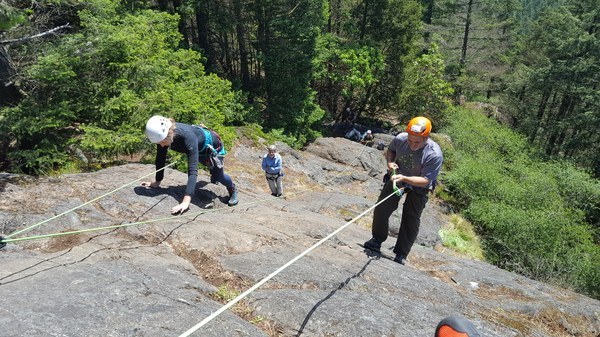
We love Workplace Giving programs as an extra way to support The Mountaineers. They give you an easy way to double the impact of your volunteer time, membership dues, and charitable donations with an employer match! Read more…
How To: Protect from Sun on the Snow
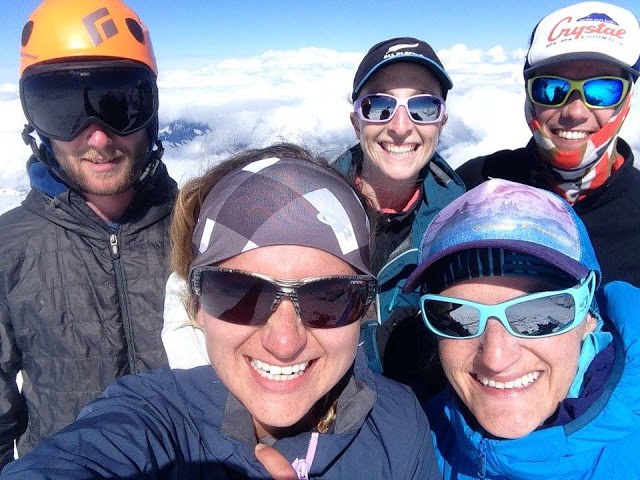
This is my friend Casey. She's a rockstar, and summitted Mt. Baker via the Squak Glacier in a single day last June. We spent 13 hours on our feet to summit and get down, with 7-8 of those hours under direct sunlight. Read more…
The Frugal Navigator - How To Find Your Way on the Cheap
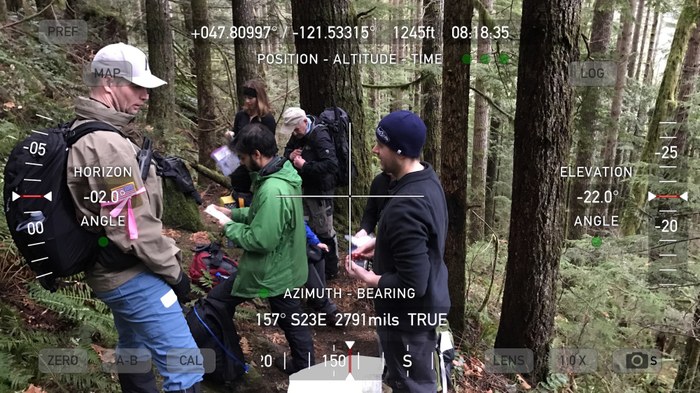
Mountaineering is an expensive sport. It's especially daunting for beginners, who often have to prioritize spending across competing items. With a fixed amount of money, do you go for Gore-Tex undies, an ice axe made of sleek unobtanium . . . or yawn, a compass? (Let's face it, a shiny new cam is way sexier than a compass.) Read more…
Emergency Contacts: The Most Important People
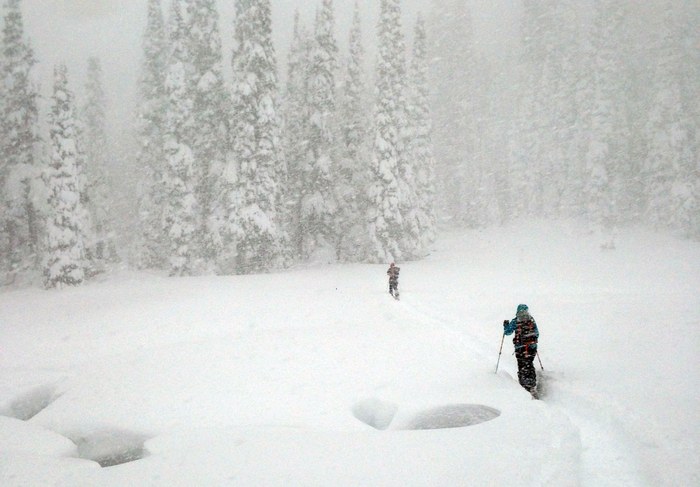
Three years ago, my friend Loren died in a skiing accident. A huge February storm rolled through the Pacific Northwest, and a bunch of us took extra days off to go skiing. He and a friend were skiing Crystal in-bounds on a Wednesday when Loren fell into a tree well. He suffocated before he could be rescued. Read more…
How To: Pack for the PCT
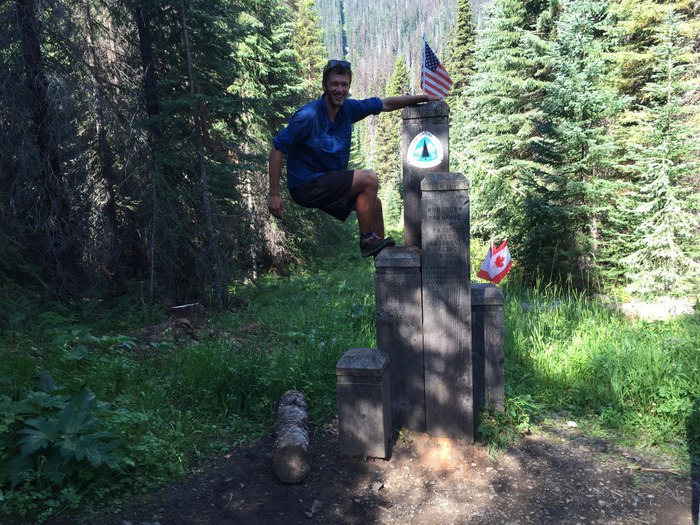
Editors note: During the summer of 2016, six current and former Mountaineers Adventure Club (MAC) members hiked the Washington section of the Pacific Crest Trail. This blog outlines how to prep for a trip. To find out what happened on the actual trip, read Part 1 by Logan Urrutia. Read more…
How To: Remember Your Gear
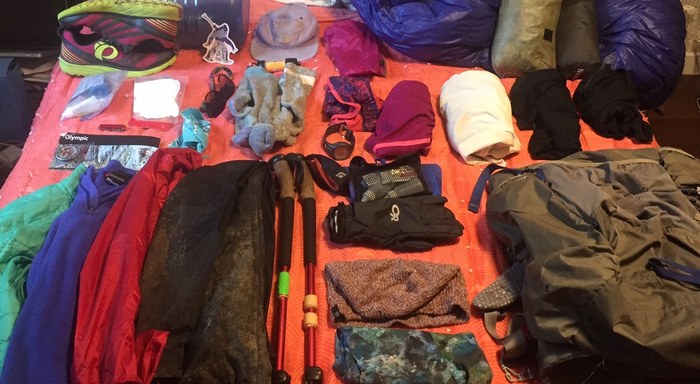
We all know how important good planning and preparation are to a successful outing. Familiarizing yourself with your route, having the proper equipment, checking the forecast, and reading past trip reports are all things that we can do to make our excursions more successful, regardless of whether they be a paddle, hike, climb or ski. Read more…
How To: Be A Good Adventure Buddy
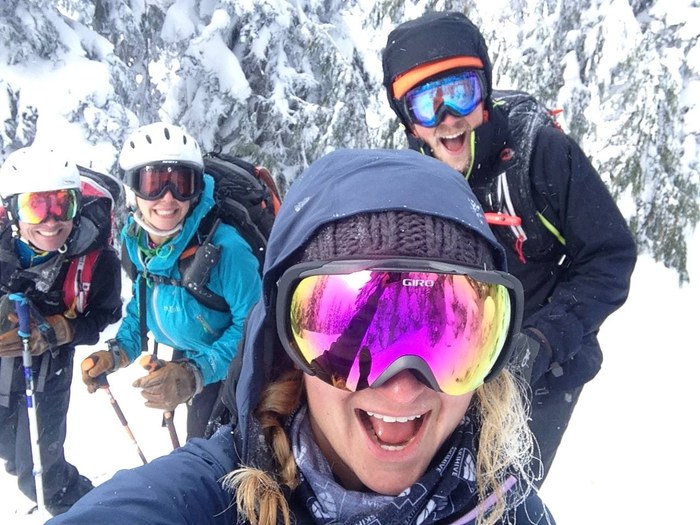
Experienced adventuristas often forget what it was like to be 'the noob'. We have our kit dialed, know how much food to pack, and can go from no plans to leaving on a two-day ski trip in 30-minutes without breaking a sweat. But we were all beginners once, and each have someone to thank for taking us out for our first hike, bike, ski, or climb. Read more…
How To: Layer in the Backcountry

Mastering your personal layering comfort is one of the most difficult aspects of backcountry travel. Too many clothes and you're soaking yourself from the inside out. Too few and you're freezing your little tootsie off. No bueno either way. Read more…
How To: Bow Out Of A Trip
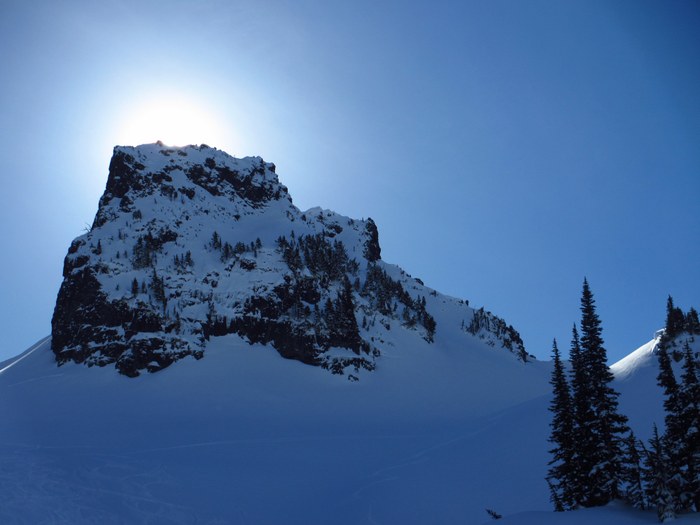
You’ve been planning a trip for a while now - maybe even for weeks or months. Your buddies are all psyched. You’ve double and triple checked your gear. Everything is packed and ready to go. Car is gassed up. But something’s not quite right. Read more…
How To: Recognize and Treat a Concussion
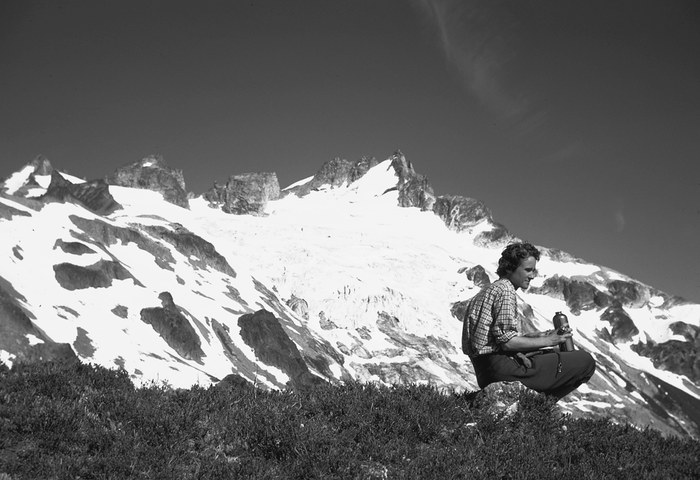
When someone mentions concussions, most people think of car accidents or full contact sports like football, rugby, or hockey. But with such an increased chance of an impact to our heads - whether it be from a falling rock from above, or us falling and hitting our heads - climbers have a serious chance of sustaining a concussion. Read more…
How To: Implement Low-Impact Recreation Skills
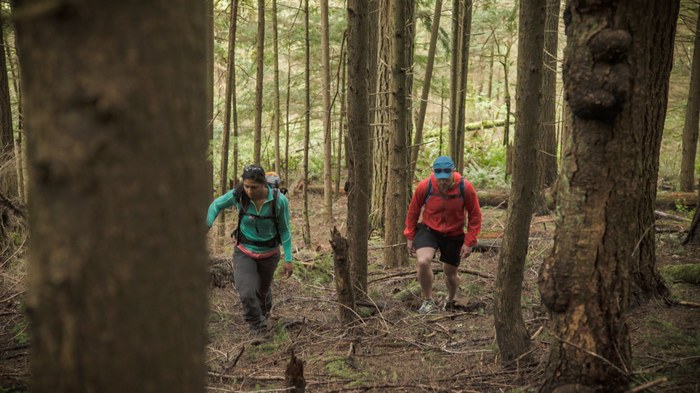
At The Mountaineers, we've believe venturing into the outdoors is an essential piece of the human experience. It's important to implement low-impact recreation skills to keep our wild places as sanctuaries for the human spirit. Read more…
How To: Reduce Your Backcountry Bathroom Use Impact

At The Mountaineers, we've believe venturing into the outdoors is an essential piece of the human experience. It's important to implement low-impact recreation skills to keep our wild places as sanctuaries for the human spirit. Read more…
How To: Reduce Your Backcountry Camping Impact
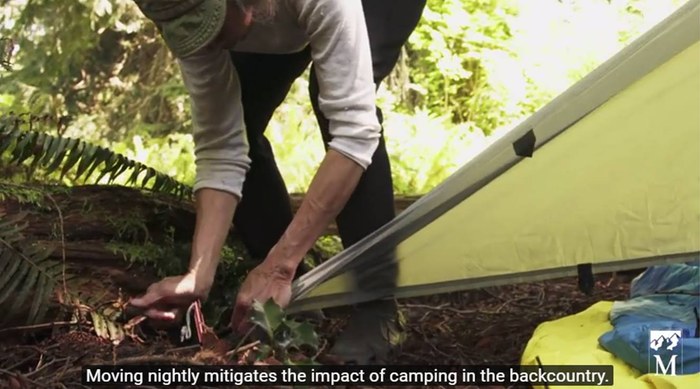
At The Mountaineers, we've believe venturing into the outdoors is an essential piece of the human experience. It's important to implement low-impact recreation skills to keep our wild places as sanctuaries for the human spirit. Read more…
How To: Avoid Being Caught in a Natural Disaster

Exploring the backcountry comes with its own set of risks: emergency care is often far away, cell phone coverage is rare, and the natural elements can be unpredictable. This risk is often what draws people to wild places, but some natural disasters are so risky that you should make every effort to avoid being caught out in them. Here are tips for avoiding four natural disasters and advice for how to get through to the other side if you are swept up in an unexpected event. Read more…
How To: Navigate Loose Rock
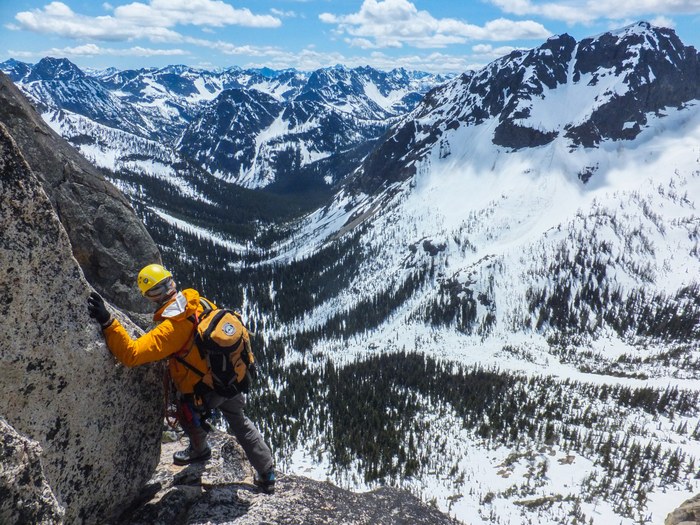
Rock fall is one of the more common causes of injuries in both climbing and scrambling. The rock in the Olympics is notorious for its poor quality, and the Cascades, although overall it is of much better quality, has its share of choss piles as well. A friend of mine used to joke about climbing in the Olympics, “if you don’t like your options for handholds, pick the rock up and move it somewhere else.” Read more…
How To: Reduce Your Backcountry Eating Impact
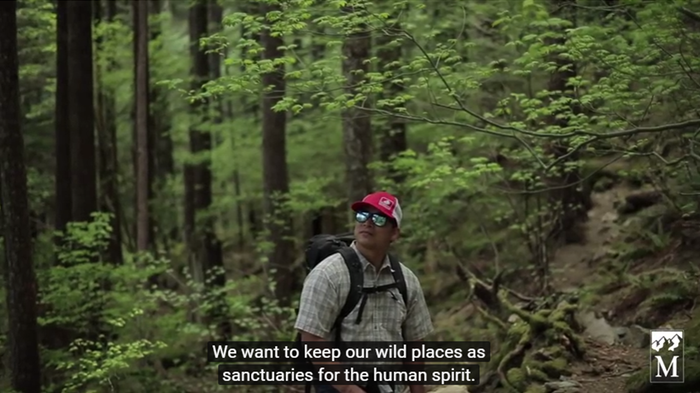
At The Mountaineers, we've believe venturing into the outdoors is an essential piece of the human experience. It's important to implement low-impact recreation skills to keep our wild places as sanctuaries for the human spirit. Read more…
How To: Reduce Your Backcountry Travel Impact
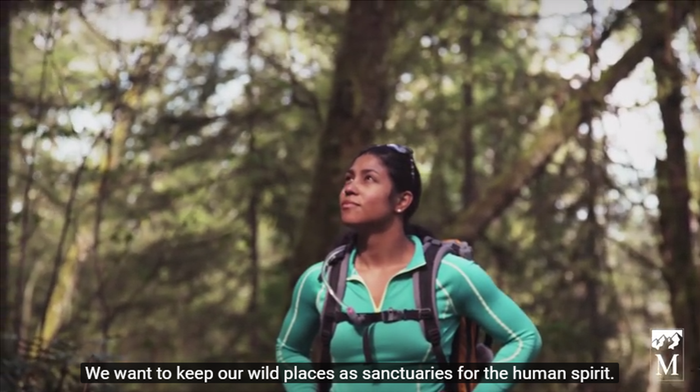
At The Mountaineers, we've believe venturing into the outdoors is an essential piece of the human experience. It's important to implement low-impact recreation skills to keep our wild places as sanctuaries for the human spirit. Read more…
How are Board Members Nominated?
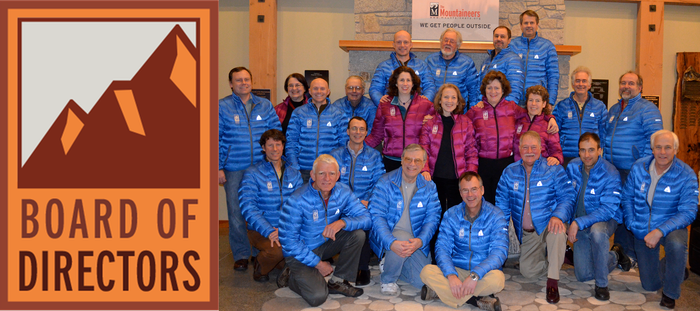
The Mountaineers Board of Directors is responsible for determining the future direction of our organization, controlling finances, making rules, and determining policy for property and programs. To ensure the board is representative of the organization, we've established a 'nominating committee' to help select future board members. Read more…
How To: Avoid Hazards Caused by Snow Melt
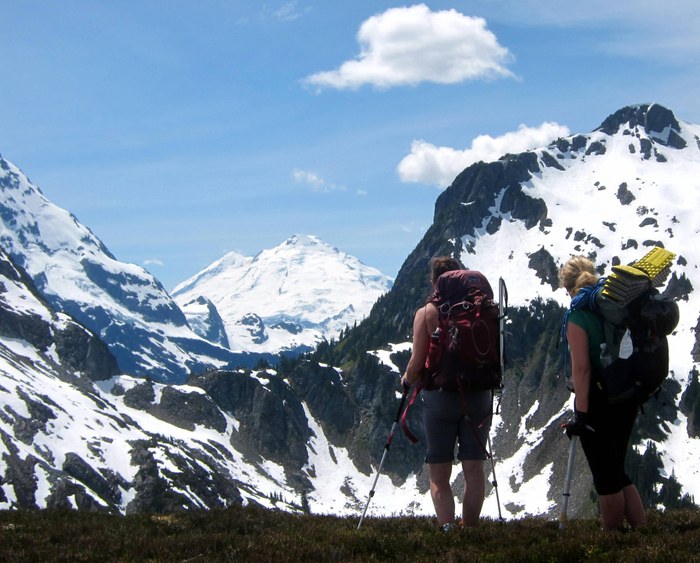
As the summer heat melts the snow in the mountains, more and more patches of exposed rock appear and can be very hazardous for multiple reasons. Read more…
How To: Run Effective Volunteer Meetings

Most Mountaineers are not members because they love meetings (apologies to those of you who do!). But since meetings are necessary to run the programs we offer, let's focus on making them more effective, efficient, and enjoyable! Volunteering should be FUN. Read more…
Peak Fitness: Reducing Knee Pain
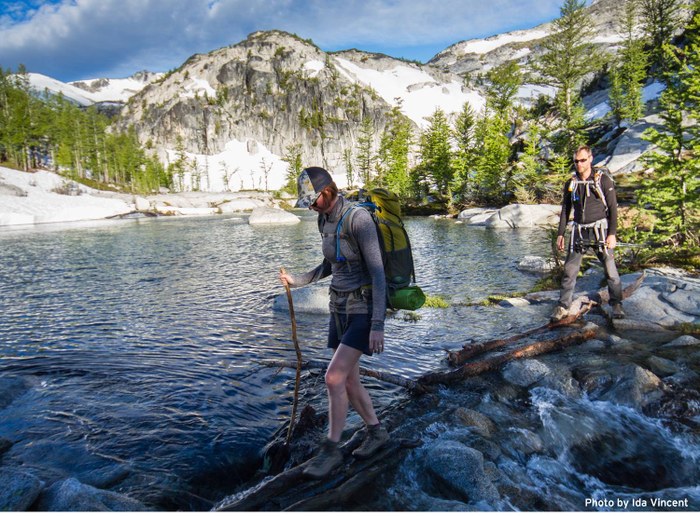
One of the most common questions I hear Mountaineers ask is how to prevent knee pain on steep hikes. Herein are strategies and resources for increasing your stamina, strength and flexibility so that knee pain may become a distant memory. Read more…
How To: Prevent and Treat Heat Related Illness
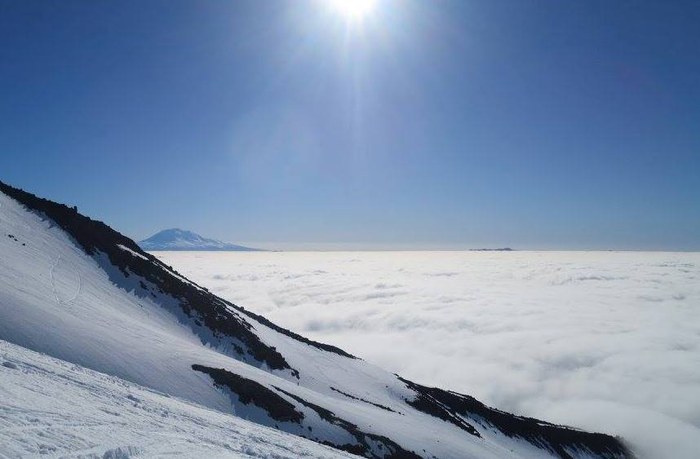
June was an interesting month in the mountains. We had “June-uary” conditions, giving us lots of new snow, rain, and wind. We also had scorchingly high temperatures with places like Leavenworth and Vantage reaching close to 100°F. As we progress through the summer, we need to be mindful of the dangers on these hot, sunny days - even if we are out on snow or a glacier. Read more…
Be An Outdoor Ambassador: How To Implement Low-Impact Recreation Skills
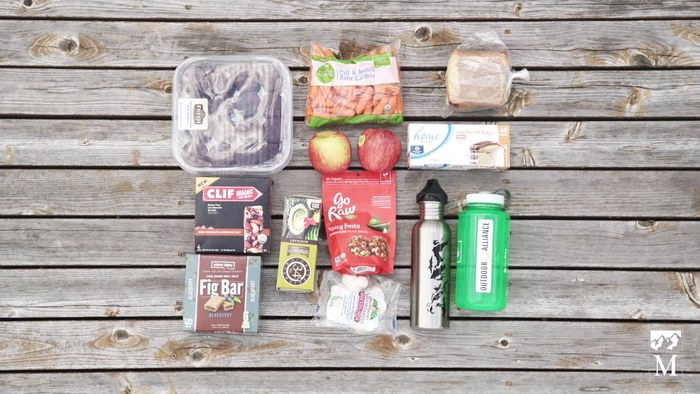
At The Mountaineers, we've believe venturing into the outdoors is an essential piece of the human experience. We go outside to wander and explore the adventurous spirit within ourselves. It's important to implement low-impact recreation skills to keep our wild places as sanctuaries for the human spirit; so our grandchildren can experience the sensation of discovering an untouched place. Read more…
How To: Poop in the Outdoors
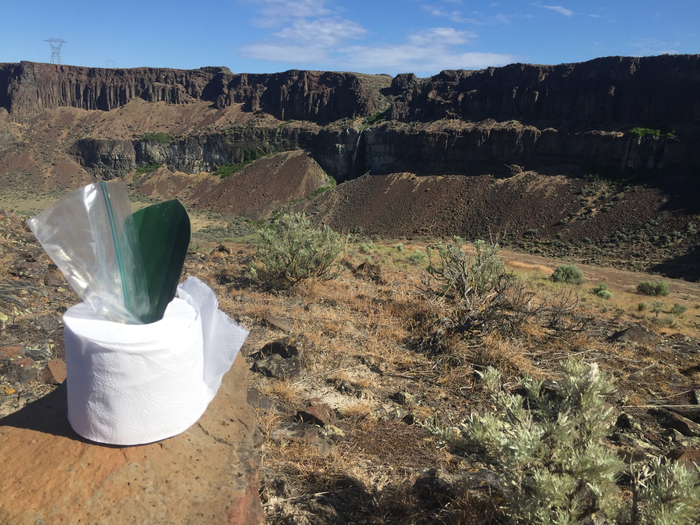
I am confident that you and I have at least two things in common: 1) we both set aside time to explore the outdoors, and 2) at some point during these adventures we will both experience the discomfort of knowing we have to go number two. Even if you don't, you will inevitably be reminded of this basic human function by the sight of toilet paper discarded uncomfortably close to trails and water sources. By the amount of TP I have seen recently on Washington’s trails, it seems even the most avid outdoor enthusiasts may not know how to handle nature’s calling. Read more…
How To: Prepare for an Overnight Trip
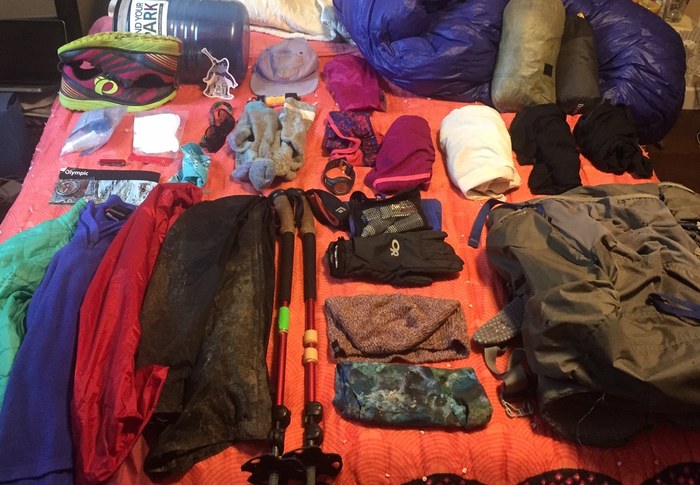
In my last post, I discussed how to take care of your sleeping bag. I received many good questions. Thanks for taking the time to write me! One reoccurring question was about my method for storing a sleeping bag when backpacking. As promised, I will talk about that as well as other tips and tricks for preparing for an overnight trip in any season. Read more…
How To: Manage the Risks of River/Creek Crossings
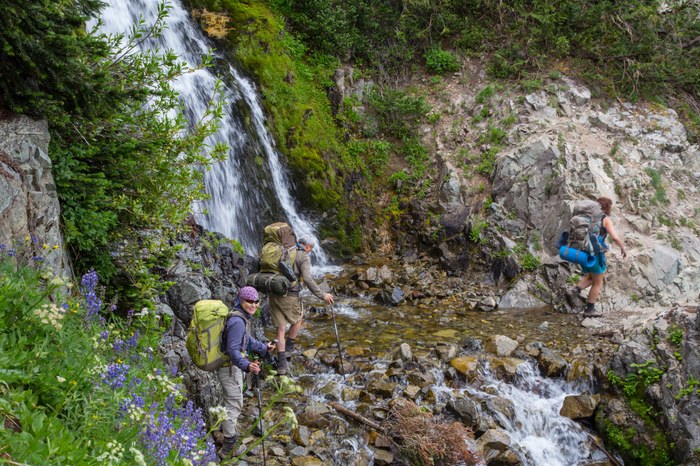
As the weather gets warmer and winter snow melts away, more of us are heading outside. And as the snow melts, it leaves us with a sometimes a challenging obstacle: water. In the Cascades, it doesn't matter if you are a hiker, scrambler, or climber, eventually you'll have to deal with a water crossing. It could be a small trickle or a rushing river. It's not a matter of if, but when, you'll encounter this obstacle.
This article was updated in May 2018.
Historical Perspective
A few years ago, a Mountaineers group was headed to climb Sahale Peak. The team was crossing a small drainage in the area between Midas and Morning Star Creek - two of the main creeks that flow out of the Quien Sabe Glacier below Sahale - when one of the climbers slipped and hit her face on the rock in the creek. This caused a small laceration, just under the right eye, and swelling around the area, as well as a headache, slight dizziness, and swelling. The trip leader decided to cancel the climb and turn around at this time. The group headed back to the cars and the injured climber was taken to the hospital for medical evaluation. Luckily, she sustained no fractures or head injury, but she did have a nasty black eye.
This incident shows how something seemingly simple, like crossing a small trickle of water, can be detrimental to the success of a trip.
Avoiding Hazards
Many different hazards are involved in water crossings: slippery, moss covered rocks, swift currents, soggy boots, and cold feet. If you do fall in, you have soaked clothing and gear, the risk of hypothermia, potential projectiles in the water like logs and boulders, and much more.
Here are some tips to reduce your chances of ending up soaked and needing to cancel the rest of your trip:
- Never try to cross a major stream if you are alone. It only takes 2" of water to drown. The climber in the incident above could have easily been knocked unconscious, and if there was no one to help her up, it could have been a different outcome.
- Quickly search both upstream and downstream for a way to cross without having to ford the water. Look for downed logs, closely spaced stones and boulders, or narrow points in the waterway. Be sure to keep in mind the ability and experience levels of everyone in your group.
If you find possible logs or stepping stones, consider:
- Will it hold you? If you are considering a log, is it strong enough to hold your weight as you cross, or is it rotten and will break once you are half-way out? Is it wide enough to get good foot placements? Are there branches sticking up in your way? If you are considering stones, are they sturdy and solid, or are they going to shift under your weight and dump you in the water?
- What is the surface like? Does that log have rough, textured bark that will give you good traction, or is the bark peeled away showing damp, slick hardwood? If you are unsure of the footing, but the log seems strong enough, one alternative is to butt-scooch along the log. Are those stepping stones covered in slick moss, or do they have good texture?
- Be particularly cautious of log jams. They might seem like a solid option, but the logs can easily shift and throw you off balance and into the water. Now you are in even bigger danger of getting caught underwater by one of the logs.
Regardless of how you have to cross - whether it be logs, stepping stones, or just fording the water - take a minute to look downstream of your crossing point and examine the hazards you could encounter if you fall in. Is there a large waterfall you could get swept over? Maybe a downed tree or log jam that you could get caught in or some large boulders you could hit. If anything like this poses a danger, re-evaluate your crossing point.
Picking the best spot
If your only option is to ford the water, follow these steps:
- Look for the shallowest, slowest running section. This is usually also a wider section of the waterway.
- Assess the water's speed by tossing in sticks, leaves, or grass into the water. If there is debris actively floating down the water (evidence of flooding) or the sound of tumbling rocks can be heard underwater (evidence of fast-moving water), the crossing should be abandoned.
- Keep in mind the the physical stature of other people in your group. Two feet of water could be less than knee-deep if you are 6'6" tall. But it could be mid-thigh deep for someone under 5' tall, and that makes it much more challenging.
- Look at the bank on the other side. Avoid steep banks as this not only indicates a challenge exiting the water, but that steepness could continue dramatically down and create a deep hole with fast-moving water.
- If possible, plan to cross early in the morning. Many of the waterways in the Cascades are directly fed by snow-melt. After a cool night, there won't be as much melting and the water level will be lower. On the flipside, after a long, hot summer day (or even a warm spring rain) there will have been a lot of melting and all that water will be rushing through the streams at a higher overall level that afternoon, making them both deeper and faster flowing.
Staying Dry & Avoiding Injuries
Once you've chosen your place to ford the water, follow these tips to stay dry and avoid injuries:
- If you have sandals with an ankle strap (like Chacos or Tevas) change into those. Avoid flip-flops as the loose heels can get caught in the current and make you lose your balance.
- If you don't have alternate footwear, at least take your socks off and put your bare feet back in your boots. That way, you can put your dry socks back on after crossing and they can start to absorb some of that water in your boots.
- Do not cross in just your bare feet. Unknown hazards in the water, like sharp sticks, rocks, possibly even fishhooks, could injure you. Your bare feet are a poor substitute for the traction provided by the soles of your boots.
- Take off extra layers and pack them in the most water-proof thing you have. I always carry one or two extra heavy-duty trashbags in my pack. Take that warm puffy off and wrap it up the best you can. You'll want it once you get to the other side! Roll up your pant-legs, or ditch your pants altogether.
- Undo your waist-belt and sternum straps on your backpack and loosen your shoulder straps. If you do fall in, this will allow you to easily get your pack off.
Crossing Methods
- If you are crossing the water one at a time, use your trekking poles, ice axe, or downed tree limbs for stabilization.
- Cautiously enter the water and face upstream. If you only have one pole or limb to help you, hold it with both hands in front of you (upstream) to form a tripod with it and your legs. Lean on the pole as third leg as you shuffle-step across, keeping two points of contact at all times. If you have two poles or limbs, you can use the one in your leading hand to probe along the way and feel for submerged obstacles or hidden holes.
- Another method is to cross as a group using the "mutual support method." There are two options for this - in the first option, everyone should face upstream and hold on to the shoulders or backpack of the person in front of them (front person can have a pole or limb). As a group, shuffle step across the water, using each other for support and stability.
- Another option is for everyone to face the opposite bank and move together as a unit. In this method, keep the waist-belt of your backpack buckled. Insert your arms between your neighbors' back and their pack, and grab their waist-belt on the opposite hip. In both scenarios, the most upstream person should be strong, then the second person should be the strongest and/or most experienced. The person on the other end should also be strong, and then all other members sandwiched in the middle. End people can also have poles for extra stability. Don't break formation until everyone is out of the water.
Regardless of which method you use, don't fight the current or try to go straight across the water. Instead, with each step move diagonally downstream as you make your way across.
If you do fall in, try to stand back up as quick as possible before your backpack gets too waterlogged. If you are swept downstream, get out of your pack but try to keep hold of it and use it for flotation. Try to position yourself face up with your feet downstream of you. Only try to stand up once you can touch the bottom in shallow water. Editor's Note: Be aware of the dangers of foot entrapment anytime you stand up in moving water.
Once you've made it across, wring out your damp clothes and use a pack towel to dry off as much as you can. If available, switch into dry clothes. Put on an extra insulating layer to help keep in what little body heat you have. Pop a quick bite of food in your mouth and start hiking to generate some more warmth.
Take every water crossing seriously. Always ask yourself, "Do we need to cross? Where do we cross? How do we cross?" Even with all of these tips, be sure to keep in mind that if there is any doubt, not crossing at all is the best option.
Peak Fitness: Strength Prioritization
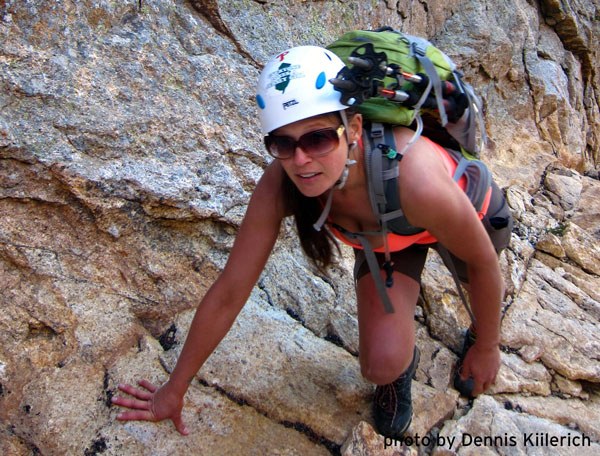
When setting up a routine, sometimes you just don’t know where to start. Below are some great principles to follow when creating an exercise regime for yourself. Read more…
How to: Reduce a Dislocated Shoulder
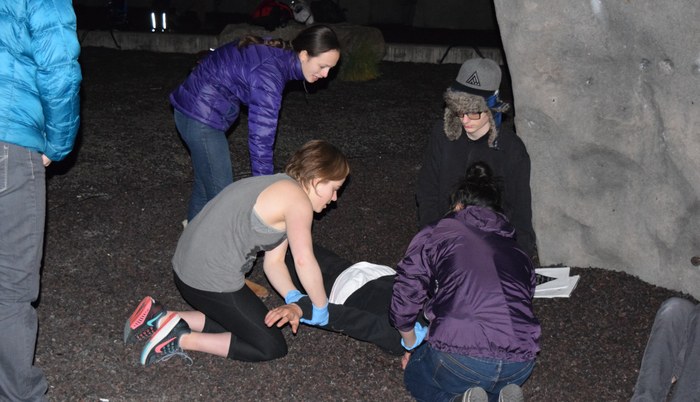
As I skimmed through the latest Annual Safety Report looking for ideas for this month's article, I noticed The Mountaineers had 5 instances of dislocated shoulders in 2014. This got me thinking about all of my friends who have had shoulder dislocations while out in the backcountry. Read more…
How To: Care For Your Sleeping Bag
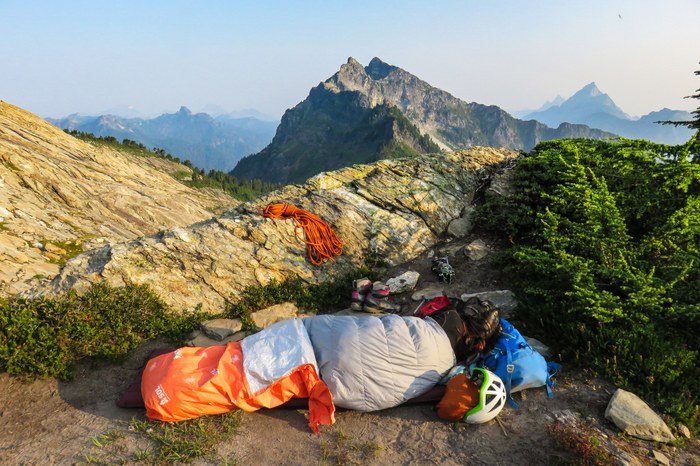
It’s that time of year when I like to take inventory of my backpacking gear and find the chores I put off during the busier hiking months. Remember that small tear in your tent mesh you ignored or the clogged water filter you put off cleaning? Like me, you probably forgot about those issues when you stuffed your gear away last fall and will only remember them when you are already in the wilderness on your first trip. If these simple tasks are left unattended, they can become major annoyances or worse, require expensive replacements. Read more…
How To: Pick an Altimeter
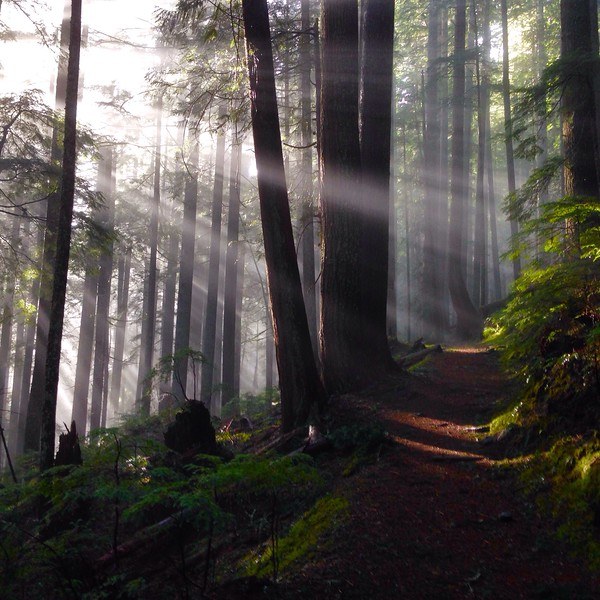
Early altimeters with 19 jewels and Swiss-made movements were price-prohibitive and thus weren’t included in either The Mountaineers navigation courses or the Ten Essentials. However, with new technology emerging, the upcoming 9th edition of Freedom of the Hills will feature map, compass, and all of the modern tools with altimeters prominent among them. Read more…